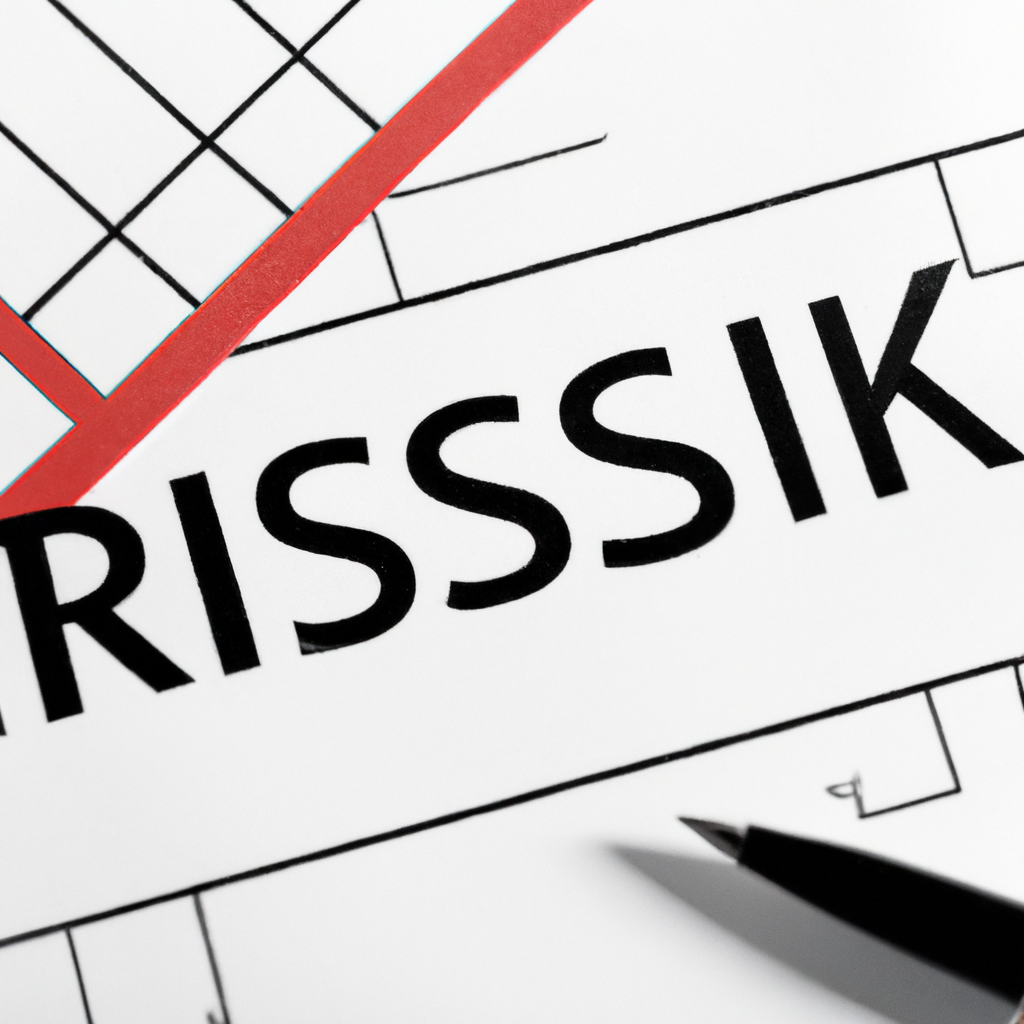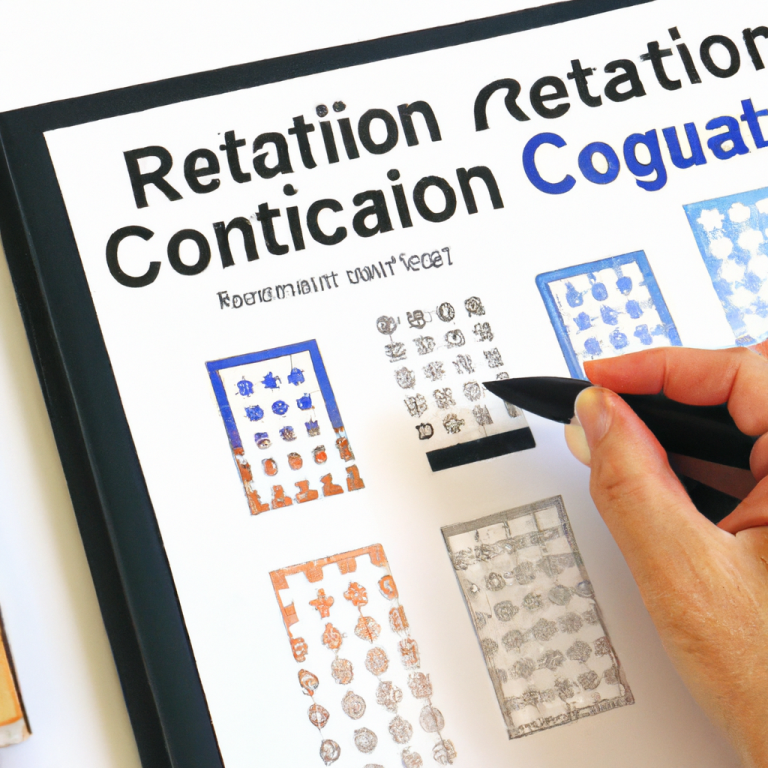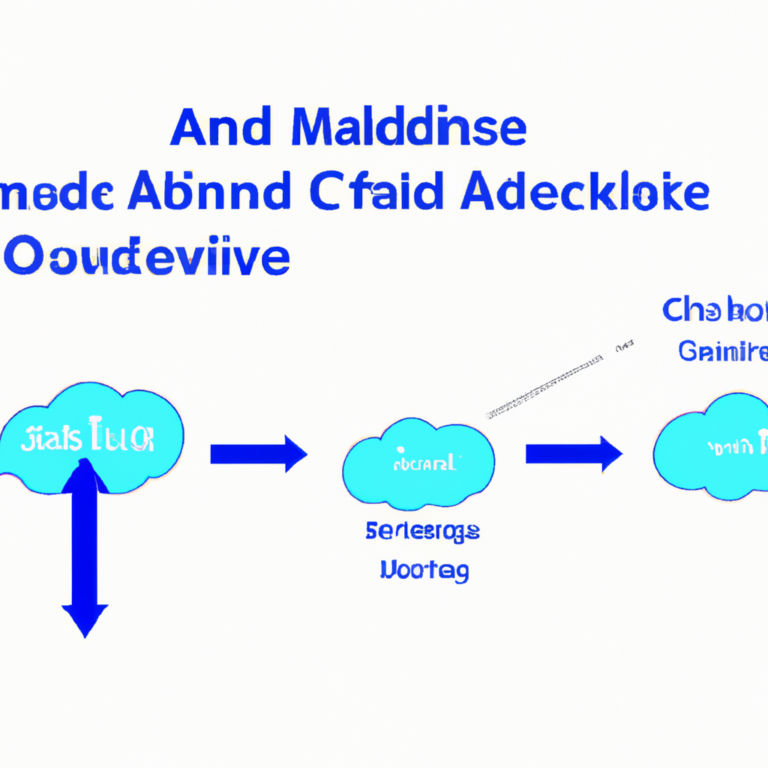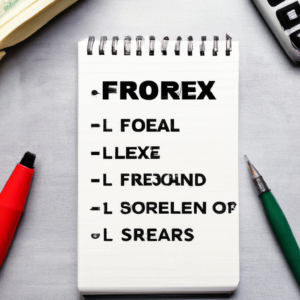Risk Management Using Technical Analysis
Introduction
Technical analysis is a method used by traders and investors to analyze historical price data and predict future price movements. By using technical analysis, traders can identify trends, patterns, and key levels that can help them make informed trading decisions. In this article, we will discuss how technical analysis can be used for risk management.
Identifying Risk Levels
1. Support and Resistance Levels
One of the key concepts in technical analysis is the identification of support and resistance levels. Support levels are price levels where a stock tends to find buying interest, while resistance levels are price levels where a stock tends to find selling interest. By identifying these levels, traders can set stop-loss orders to limit their losses in case the price moves against them.
2. Moving Averages
Moving averages are another tool used in technical analysis to identify trends. By analyzing the relationship between short-term and long-term moving averages, traders can determine the direction of the trend and set stop-loss orders accordingly. For example, if the short-term moving average crosses below the long-term moving average, it may signal a downtrend, prompting traders to set stop-loss orders below key support levels.
Setting Stop-Loss Orders
1. Using Volatility Indicators
Volatility indicators, such as the Average True Range (ATR), can help traders determine the potential range of price movements. By setting stop-loss orders based on the ATR, traders can account for market volatility and avoid being stopped out prematurely.
2. Trailing Stop-Loss Orders
Trailing stop-loss orders are a dynamic way to manage risk using technical analysis. Instead of setting a fixed stop-loss level, traders can adjust their stop-loss orders as the price moves in their favor. This allows traders to lock in profits while still giving the trade room to breathe.
Conclusion
Technical analysis can be a valuable tool for risk management in trading and investing. By identifying key levels, using moving averages, and setting stop-loss orders based on volatility indicators, traders can minimize their losses and maximize their profits. It is important to remember that no strategy is foolproof, and risk management should always be a top priority for traders.










